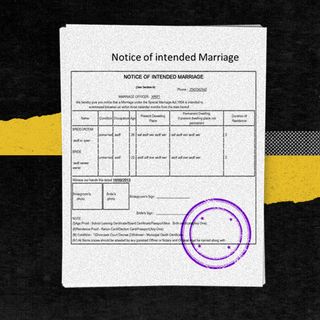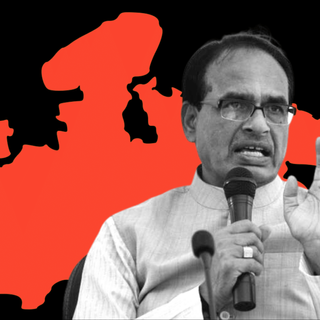According to research done by the Rajya Sabha secretariat, the use of the 21 other scheduled Indian languages has increased over five times (512%) per sitting in 2020, compared to the 14 years between 2004 and 2017.
Of these languages, Tamil, Telugu, Urdu, and Bengali were the languages used most frequently. Sanskrit, a language used by just 0.00198% of the population (roughly 28,000 people), was the fifth most used language in the Rajya Sabha. Other languages used frequently were Marathi, Odiya, Kannada, and Punjabi. Four languages—Dogri, Kashmiri, Konkani, and Sonthali—have been used for the first time since the Rajya Sabha came into being in 1952 and another six languages—Assamese, Bodo, Gujarati, Maithili, Manipuri, and Nepali—have been used after a long gap.
Between 2004 and 2017, Rajya Sabha members spoke in 10 scheduled languages (other than Hindi) in the House on 269 occasions during 923 sittings between 2004 and 2017, at the rate of 0.291 per sitting. But in 2020, this increased to a rate of 1.49 per sitting, marking an increase of 512%. Additionally, previously the regional languages used were all limited to debates; in 2018-2020. They were used even during additional sessions such as special mentions and Zero hour.
Related on The Swaddle:
From ‘Cunt’ to ‘Careerwoman’: the Many Ways in Which Language Propagates Sexism
While Rajya Sabha house proceedings continued to rely on English and Hindi as primary modes of communication, this uptick in the use of regional languages is commendable. This is because the preservation and propagation of regional languages is important to federalism. Regional languages serve as inalienable symbols of the rich multi-cultural character of the federal and democratic polity that India is. The assertion of regional languages on a platform as high as Rajya Sabha, is a way for political representatives—and, by the virtue of it, citizens from that part of the country—to assert their state identity. This increase comes at a time when debates rage on about making Hindi India’s national language.
India, home to 780 languages and hundreds of dialects, has also lost over 220 languages in the last 50 years. In comparison, Hindi has grown immensely. At present, 44% of India’s population call themselves Hindi speakers. Projections show that if these demographic trends continue more than half of India’s population would call themselves Hindi speakers by 2031.
Rajya Sabha chairman M Venkaiah Naidu regularly urges the members of the House to speak in their mother tongue in the spirit of the federal nature of the House, said an official. “While announcing the availability of simultaneous interpretation facilities in all the 22 scheduled languages in July 2018, he spoke in 10 languages in the House.”




